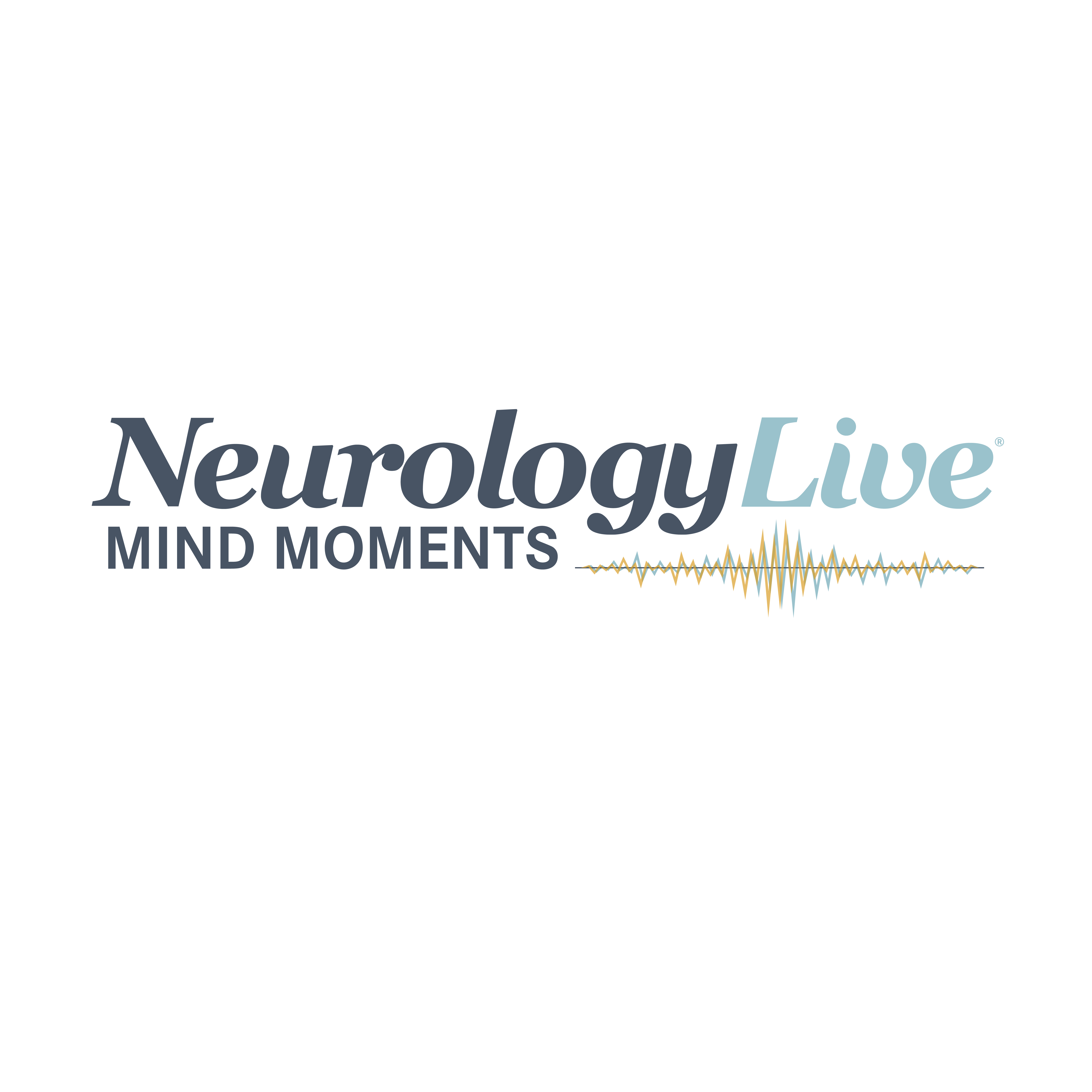Article
Recent Advances in Treating Cluster Headache
Author(s):
Novel options for both acute and preventive therapy were presented at the American Headache Society Annual Scientific Meeting.
Image ©PathDoc/Shutterstock.com

CONFERENCE REPORTER
Cluster headache is characterized by intense episodes of severe unilateral pain, which can be episodic or chronic. Because it is the most common trigeminal autonomic cephalalgia, clinicians and researchers alike are searching for better treatment options. Many of the latest advances in the management of cluster headache will be presented at this year’s American Headache Society (AHS) Annual Meeting in Philadelphia.1
Treatment of cluster headache is typically divided into two categories: acute and preventive interventions. Traditionally, the therapeutic landscape has mainly consisted of tryptamine-based drugs and oxygen. More recently, novel neuromodulation therapies have also become available, which function in both the acute and preventive treatment settings.1
Stewart Tepper, MD, FAHS, of the Geisel School of Medicine at Dartmouth College in Hanover, NH, told Neurology Times: “There [have been] two significant advances in the management of cluster headache in the last 12 months. The first was the approval of a non-invasive vagal nerve stimulator (nVNS) for adjunctive use in the preventive treatment of cluster headache in adults by the FDA.” Dr Tepper will be presenting an update on the clinical management of cluster headache at the AHS meeting.
A recent double-blind randomized controlled study showed that nVNS was safe and effective in the acute treatment of patients with episodic cluster headache.1,2 One particular neuromodulation therapy, termed the gammaCore device, has demonstrated efficacy through ipsilateral stimulation of the vagus nerve in both the acute and chronic settings.1,3
“This device showed benefit in prevention of chronic cluster headache in a randomized controlled trial versus standard of care,” Dr Tepper said. “The FDA clearance followed the approval for the acute treatment of pain associated with episodic cluster headache attacks,” he added.
Another novel device, the sphenopalatine ganglion microstimulator (SPG), is a surgically implanted stimulator that resides in the pterygopalatine fossa. One study showed efficacy for terminating acute cluster attacks in patients with refractory chronic cluster headache.1,4 Other studies have reported similar findings in these patients.1 Currently, the SPG device has not been approved by the FDA.
“The second significant advance was the approval of galcanezumab, an anti-calcitonin gene-related peptide (CGRP) monoclonal antibody, for the prevention of episodic cluster headache,” Dr Tepper told Neurology Times.
During nitroglycerin-triggered and spontaneous cluster attacks, plasma concentrations of CGRP may be increased.1 In addition, evidence has linked elevated CGRP levels with the initiation of some cluster episodes.1 Galcanezumab has demonstrated efficacy in decreasing the amount of weekly cluster attacks in patients with episodic cluster headache, according to results from a randomized study.1,5 The once-monthly injectable recently became the first therapy to be approved by the FDA for the treatment of episodic cluster headache in adult patients.6
“These both represent very significant advances in the treatment of cluster headache. The first approved treatment for cluster headache in the US, the sumatriptan injection, [occurred] almost 20 years ago,” he explained.
While several novel therapies have emerged, triptans and oxygen are still the mainstay of acute cluster headache management.1 In particular, high-flow oxygen using a non-rebreather mask, intranasal zolmitriptan or sumatriptan, in addition to subcutaneous sumatriptan have all shown particular efficacy in the acute treatment setting.1
With respect to preventive treatment, evidence-based therapies include verapamil, lithium, topiramate, and melatonin. Verapamil is typically administered as first-line preventive treatment but is often limited by dose-dependent cardiac arrhythmias. Ultimately, the goal is to wean patients off prophylactic therapy at the end of a cluster bout.1
“We [now] have a neuromodulation device approved as adjunctive preventive treatment for both episodic and chronic cluster, [which is] also approved for acute treatment of episodic cluster, and a biologic approved for prevention of episodic cluster,” Dr Tepper concluded.
Effective management of cluster headache can be challenging for busy clinicians, largely because of the varying clinical presentation and numerous treatment strategies. Ultimately, improving patient quality of life and reducing cluster attack burden remain key goals of therapy.
References:
1. Wei DY, Khalil M, Goadsby PJ. Managing cluster headache. Pract Neurol. 2019 Jul [Epub ahead of print].
2. Goadsby PJ, de Coo IF, Silver N, et al. Non-invasive vagus nerve stimulation for the acute treatment of episodic and chronic cluster headache: a randomized, double-blind, sham-controlled ACT2 study.Cephalalgia. 2018;38:959-969.
3. Gaul C, Diener HC, Silver N, et al. Non-invasive vagus nerve stimulation for PREVention and Acute treatment of chronic cluster headache (PREVA): a randomised controlled study. Cephalalgia. 2016;36:534-546.
4. Schoenen J, Jensen RH, Lantéri-Minet M, et al. Stimulation of the sphenopalatine ganglion (SPG) for cluster headache treatment. pathway CH-1: a randomized, sham-controlled study. Cephalalgia. 2013;33:816-830.
5. Bardos JN, Goadsby PJ, Dodick D, et al. A placebo-controlled study of galcanezumab in patients with episodic cluster headache: results from the 8-week double-blind treatment phase. Presented at: 2019 American Academy of Neurology Annual Meeting. May 4-10, 2019; Philadelphia, PA.
6. FDA approves first treatment for episodic cluster headache that reduces the frequency of attacks [press release]. Silver Spring, MD: FDA. Published June 4, 2019. http://www.fda.gov/news-events/press-announcements/fda-approves-first-treatment-episodic-cluster-headache-reduces-frequency-attacks. Accessed June 29, 2019.




